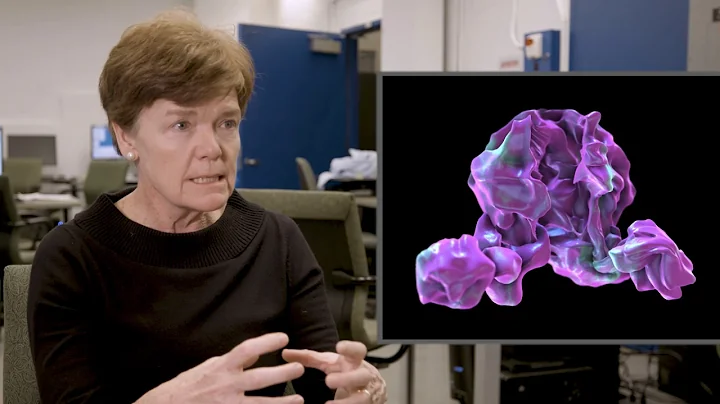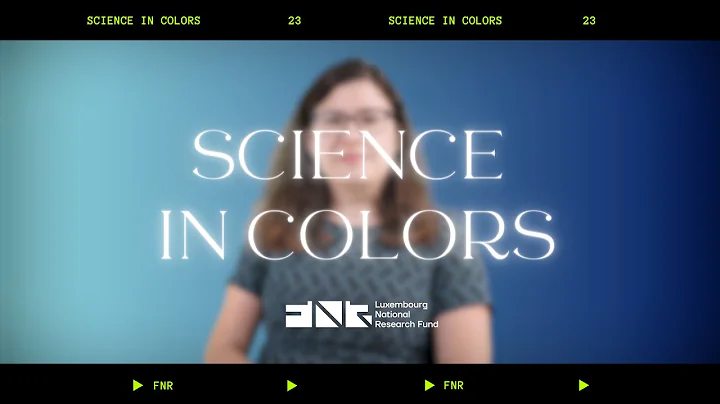Scientists from Ural Federal University and the Ural Branch of the Russian Academy of Sciences have created compounds (fluorophores) for the latest method of cancer treatment - photodynamic therapy of cancer tumors. These fluorophores can be used both in the diagnosis of tumors (staining affected cells) and in their treatment (destroying cancer cells without harming healthy cells). The compound is able to accumulate in certain areas of cells—the cell membrane and meshwork (an intracellular organelle responsible for protein folding), highlighting infected areas in bright green when illuminated by UV or visible light.

New fluorophore will help fight cancer
Results of preliminary study are published in the journal Dyes and Pigments. Fluorophores are compounds that emit visible light (photoluminescence) when exposed to ultraviolet (UV) or visible light. They are able to spread through biological tissue and stain cells prone to inflammatory processes.
Therefore, a new compound interacts with biomolecules in body tissues and, under UV or visible light exposure, stains areas where tumor growth processes are taking place. This allows you to determine the size of the tumor in the body and outline its borders. During the course of the experiments, the scientists discovered that the new fluorophore had a dual function: it not only stained diseased areas, it also began to damage them.
"Initially, we only studied the coloring properties of the compound, but it turned out that the fluorophore then acted as a photosensitizer. That is, under the influence of light irradiation, it began to interact with the surrounding cellular environment ( oxygen , water, etc.) , generate free radicals , the so-called reactive oxygen species .

Co-author of the study Grigory Zlyanov, professor at the Department of Organic and Biomolecular Chemistry at UrFU
These reactive particles occur with the affected cells Chemical interactions that begin to destroy them without actually affecting healthy cells are called photodynamic therapy—a new approach to cancer treatment that is highly effective and has minimal side effects," said co-author of the study Professor of Organic and Department of Biomolecular Chemistry UrFU Grigory Zlyanov.
The synthesis of new fluorophores is characterized by low cost, since all derivatives in the composition are available. There are also no impurities in the substance that could cause side effects. The effectiveness of the fluorophore was tested on HeLa cells. They are used as a model for cervical cancer . Chemists are now testing how the new compound interacts with other types of cancer cells.
The scientists created two experimental samples. The first is based on naphthoxazoles, a derivative of oxazole compounds and fragments of naphthalene, used in the synthesis of pharmaceuticals and biochemical preparations, as well as platforms and so-called antennas for more efficient sensing of light radiation . A molecule. In the second case, chemists added pyrene and anthracene fragments to the compound, which are polynuclear aromatic hydrocarbons that have a high fluorescence response, i.e., bright light. Compounds containing pyrene showed the highest fluorescence and anticancer activity.
"Pyrene is very commonly used in biological imaging, anthracene is less common. These compounds are promising for a number of reasons, including our ability to show that pyrene-containing compounds begin to glow when illuminated with visible light, which is even visible to the naked eye." This is very convenient, for example, for surgical procedures, when treatment is still needed," explains Grigory Zlyanov. Notably, the research was supported by the Russian Science Foundation and the Funding Council under the Russian President.





















